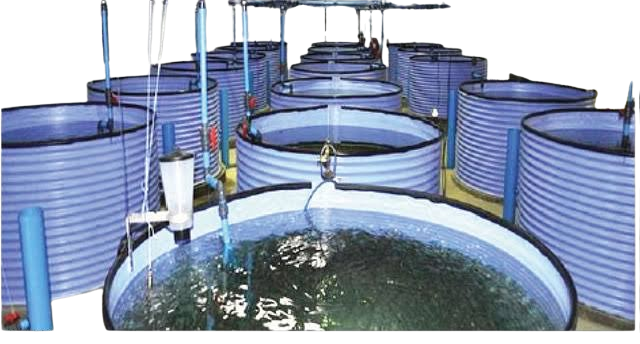
fish farming
Fish farming is an exciting way to raise fish for food or profit. Many people think fish farming is hard, but it can be simple when broken into steps. This guide will show you how to start fish farming at home and succeed in the process.
What Is Fish Farming?
Fish farming, or pisciculture, is raising fish in a controlled or semi-controlled environment. It is done to grow fish in large numbers for food or sale. Home fish farming allows you to grow healthy fish while saving money.
Why Start Fish Farming at Home?
Fish farming at home offers many benefits. You get fresh fish for your family or market. It also lets you control the quality of fish and water. Fish farming is a good way to earn extra income, as fish are always in demand.
How to Start Fish Farming at Home
Starting fish farming requires some planning and preparation. Below is a step-by-step guide:
Step 1: Choose the Right Area
Select a place where you can set up a pond or tank. The space should be big enough to hold your fish and allow for future expansion.
Soil Quality
If you’re building a pond, the soil should hold water well. Clay soil is ideal because it prevents water from leaking out.
Water Supply
You need a constant supply of fresh, clean water. A borehole, river, or tap water is good. Dirty or contaminated water can harm your fish and lower production.
Step 2: Build a Pond or Set Up a Tank
You can choose between a pond or a fish tank. If you have a yard, a pond is a good choice. Otherwise, tanks work well indoors or in small spaces.
Pond Design
Make sure the pond has an inflow and outflow system. This allows fresh water to enter and dirty water to leave.
Tank Setup
Tanks are easier to manage in small spaces. They come in different sizes and materials like plastic or concrete. Choose a size that matches the number of fish you want to raise.
Step 3: Select the Best Fish Species
The type of fish you choose will affect your farm’s success. Some popular choices are:
- Tilapia: Easy to raise and grows fast. Best for warm water.
- Catfish: Hardy and grows well in any pond or tank size.
- Goldfish or Koi: Ideal for ornamental fish farming at home.
Choose a species that matches your environment and goals. For beginners, tilapia and catfish are great options.
Step 4: Stock Your Pond or Tank
Buy healthy fingerlings (baby fish) from a trusted seller. Check that they are active and free of disease. Start with a small number to learn how to manage them.
Stocking Ratio
For tilapia, stock about five fingerlings per square meter of pond space. For catfish, you can stock a bit more because they need less space.
Step 5: Feed Your Fish Properly
Fish need the right food to grow well. You can feed them commercial pellets or natural food like algae. Good nutrition helps them grow faster and healthier.
Feeding Tips
- Feed fish twice a day, in the morning and afternoon.
- Remove uneaten food to keep the water clean.
- Use food specific to your fish species for the best results.
Step 6: Keep the Water Clean
Water quality is key to healthy fish. Test the water regularly to ensure the pH is between 6.5 and 8.5. Use aerators to add oxygen to the water, especially in tanks.
Step 7: Prevent Diseases
Keep the pond or tank clean to avoid diseases. If fish get sick, contact a fish farming expert for help. A healthy environment reduces the risk of illness.
Step 8: Harvest and Sell Your Fish
Once your fish are mature, you can harvest them. Use a net to catch fish or drain the pond if harvesting all at once.
Marketing Your Fish
Sell fish locally or to markets nearby. Fresh fish are always in demand. Use social media or word of mouth to attract customers.
Challenges of Fish Farming at Home
While fish farming is rewarding, it has some challenges:
- High startup costs for tanks, ponds, or equipment.
- Risks of disease or poor water quality.
- Competition from wild-caught fish, which are often cheaper.
Planning well and seeking expert advice can help you overcome these challenges.
Benefits of Home Fish Farming
- Fresh Fish: You enjoy fresh and healthy fish for your family.
- Income: Sell extra fish to make money.
- Easy Setup: You can start small with just a tank or a small pond.
Conclusion
Fish farming at home is a great way to grow fresh fish for food or income. By following these simple steps, you can create a successful fish farm. Start small, learn as you go, and expand over time. Fish farming is not just rewarding but also a great way to support sustainable food production.


